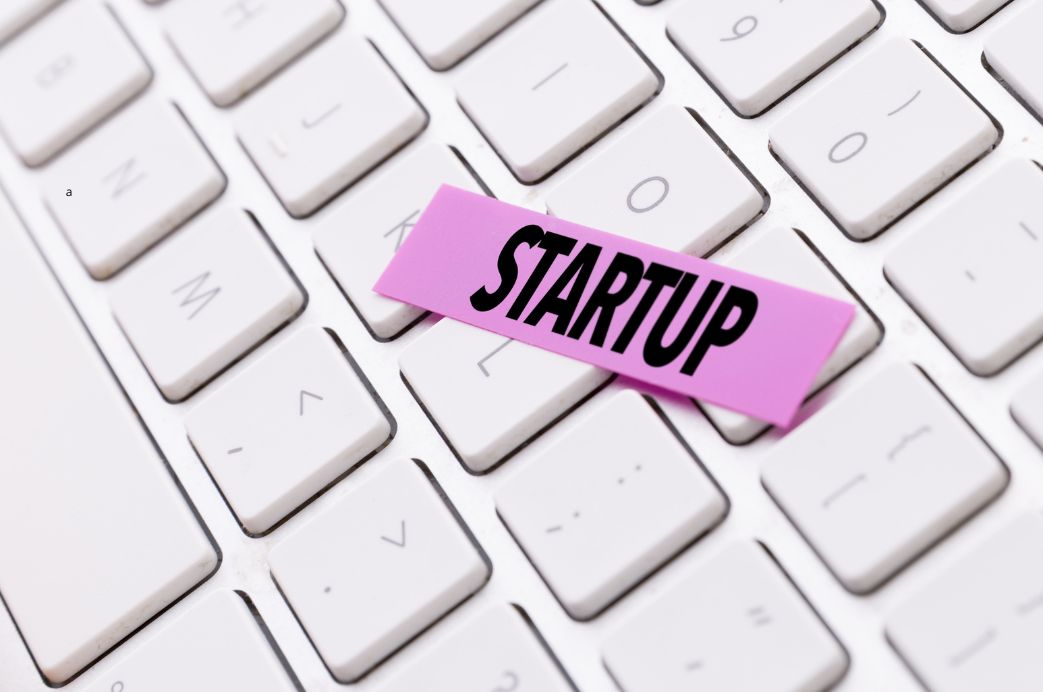A falta de clareza na comunicação compromete diretamente a busca por capital. Levantamento da CB Insights indica que startups sem um pitch estruturado têm até 70% menos chances de captar investimento. O dado é reforçado por um relatório da Magistral Consulting, que mostra que apenas 1% dos pitch decks enviados a investidores resulta em aporte efetivo, evidenciando a seletividade do mercado e a necessidade de apresentações objetivas e bem construídas.
Para Marilucia Silva Pertile, cofundadora da Start Growth e mentora de startups SaaS, a fragilidade não está, na maioria das vezes, na ideia, mas na forma como ela é transmitida. “Um pitch mal estruturado pode comprometer até mesmo startups promissoras. O investidor quer ver clareza, domínio dos números e um plano sólido, e tudo isso precisa caber em poucos minutos”.
A especialista lembra que menos de 10% dos pitches conseguem causar boa impressão logo no primeiro contato com investidores. “O que precisa parecer é que o empreendedor domina os próprios números e entende para onde quer levar a empresa. A reunião inicial é menos sobre convencer e mais sobre despertar confiança”.
Nesse cenário, a preparação prévia se torna decisiva. O relatório “The Top 12 Reasons Startups Fail”, da CB Insights, mostra que 35% das empresas falham por não conseguirem captar recursos, enquanto 38% encerram atividades por problemas de caixa, problemas que poderiam ser mitigados com um plano de captação mais sólido. “Não basta ter uma ideia promissora. O mercado premia quem prova valor e demonstra preparo para crescer”, completa Marilucia.
A solução passa por um planejamento robusto e treino constante da apresentação. “Pitch é técnica. Quando estruturado, abre portas; quando improvisado, fecha oportunidades”, aponta Marilucia, que lista sete elementos essenciais em uma apresentação, que comprovam a consistência do negócio:
- Proposta de valor – explicar claramente qual problema a startup resolve.
- Tamanho do mercado – mostrar o potencial de crescimento e a relevância da oportunidade.
- Modelo de negócios – indicar como a empresa gera receita de forma sustentável.
- Diferencial competitivo – destacar o que torna a solução única em relação aos concorrentes.
- Métricas e tração – apresentar resultados já alcançados, como clientes, MRR e churn.
- Equipe – evidenciar experiência, complementaridade e comprometimento dos fundadores.
- Uso do investimento – detalhar como os recursos captados serão aplicados para gerar escala.
“A verdade é que os investidores têm, em média, menos de quatro minutos para analisar um pitch. Por isso, a clareza é determinante. A preparação começa muito antes da reunião, com métricas sólidas e presença ativa no ecossistema. Captação é relacionamento e técnica, não improviso”, conclui a cofundadora da Start Growth.


